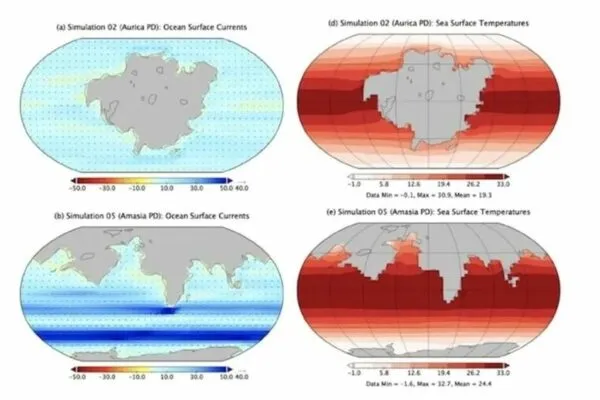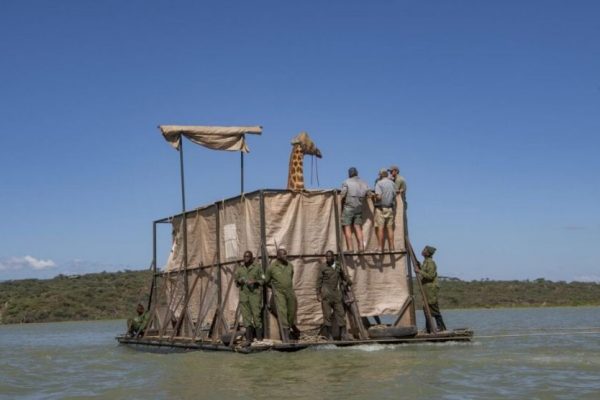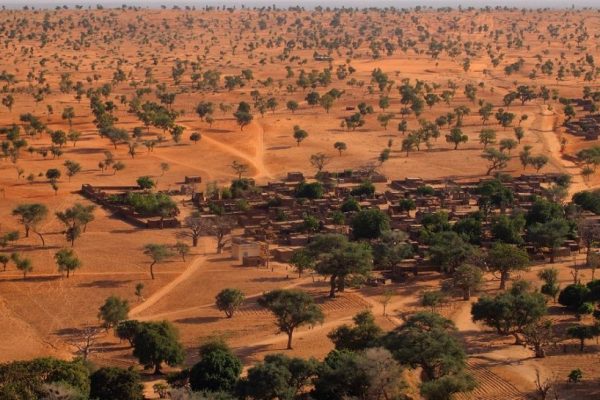African Continent is Slowly Splitting into Several Tectonic Blocks
While the whole world is grappling with global warming, climate change, and unsettling virus outbreaks; a study has confirmed strange development – the African continent is slowly splitting into several tectonic blocks of different sizes. The split is supposed to happen through the entire East African Rift System, which will continue to Madagascar – the long island off the coast of Southeast Africa – that will further break into smaller islands.
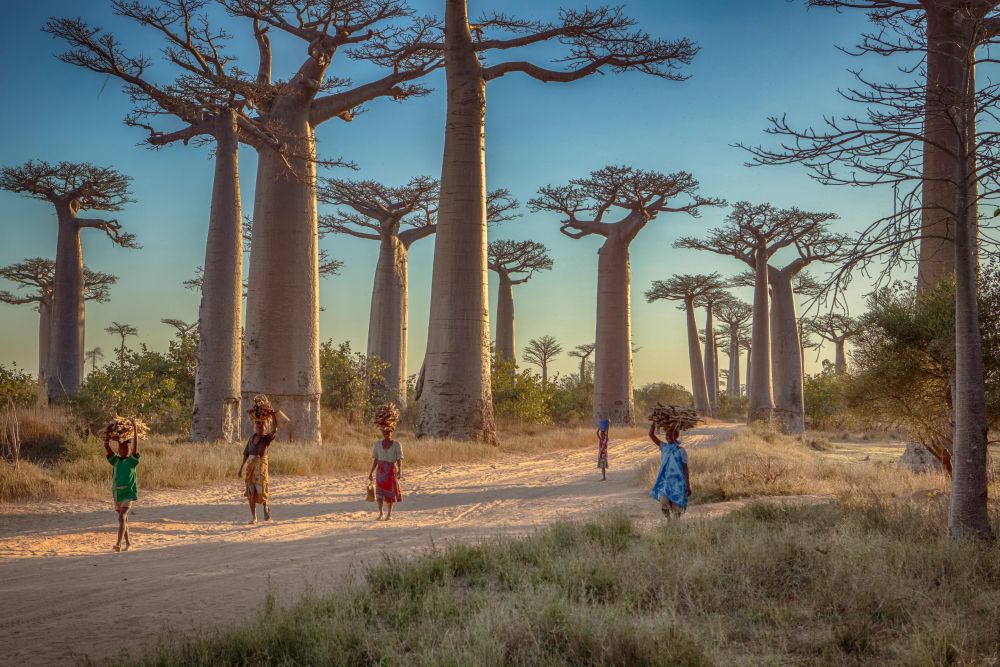
The African continent is slowly splitting into several tectonic blocks, along with Madagascar Island | Image: Telegraph
These shocking developments come in a new study by D. Sarah Stamps of the Department of Geosciences for the journal Geology. The split of Africa will not only redefine the continent but the Indian Ocean as well!
The study was carried out by Stamps with researchers from the University of Nevada-Reno, the University of Beira Interior in Portugal, and the Institute and Observatory of Geophysics of Antananarivo at the University of Antananarivo in Madagascar itself. It concludes that while the breakup isn’t supposed to happen for millions of years, it is a continuation of the shattering of the supercontinent Pangea about 200 million years ago.
Stamps, who is an assistant professor in the Virginia Tech College of Science,
The rate of present-day break-up is millimeters per year, so it will be millions of years before new oceans start to form. The rate of extension is fastest in the north, so we’ll see new oceans forming there first…Most previous studies suggested that the extension is localized in narrow zones around microplates that move independent of surrounding larger tectonic plates.
The new GPS dataset of precise surface motions in Eastern Africa, Madagascar, and several islands in the Indian Ocean unveils that the splitting process is more intricate and widely spread than earlier assumed.
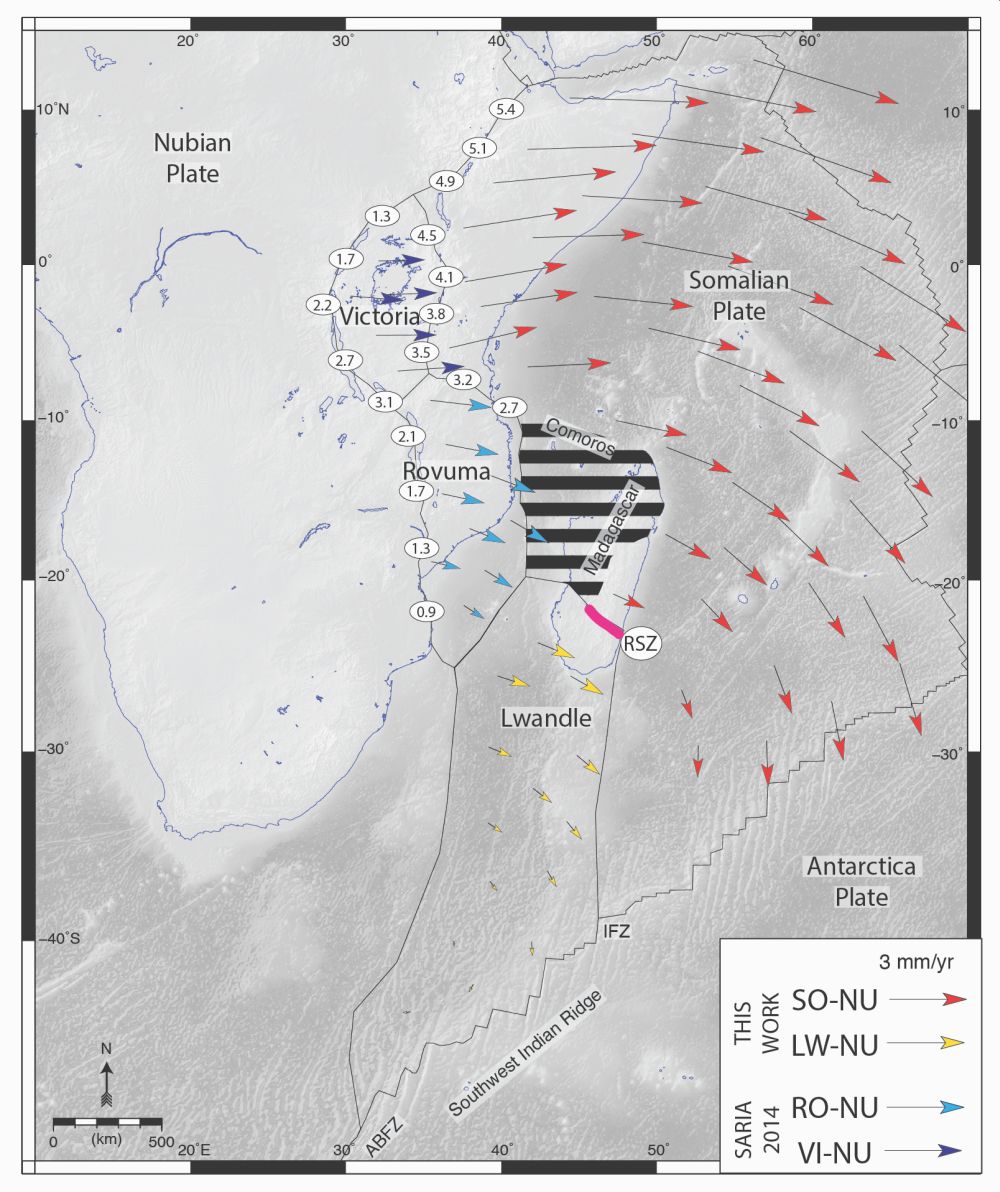
Final model for the East African Rift System. Hashed lines indicate a newly discovered broad deforming zone. Arrows represent predicted tectonic plate motions (ABFZ—Andrew Bain Fracture Zone; IFZ—Indomed Fracture Zone; RSZ—Ranotsara shear zone) | Image: D.S. Stamps/Virginia Tech Daily
In one region, it was discovered that the extension is distributed through a wide area. The region of distributed extension is about 372 miles wide, spread from Eastern Africa to the whole parts of Madagascar. Surely, Madagascar is actively breaking up with southern Madagascar moving with the Lwandle microplate, and a part of central Madagascar is shifting with the Somalian plate. The rest of the island is splitting up flexibly.
The research team used new surface motion data and other geologic data to examine various conformations of tectonic blocks in the region using computer models. Using an inclusive set of statistical tests, the researchers defined new boundaries for the Lwandle microplate and Somalian plate. This approach helped in determining if surface motion data are reliable with rigid plate motion.
Accurately defining plate boundaries and assessing if continents diverge along narrowly deforming zones or through wide zones of diffuse deformation is crucial to unraveling the nature of continental break-up. In this work, we have redefined how the world’s largest continental rift is extending using a new GPS velocity solution.
Stamp said.
The finding of the wide warping zone helps geoscientists comprehend present and continuing seismic and volcanic activity occurring in the Comoros Islands, located in the Indian Ocean between East Africa and Madagascar. This study concluding that the African continent is splitting into several tectonic blocks will provide a framework for future studies.
